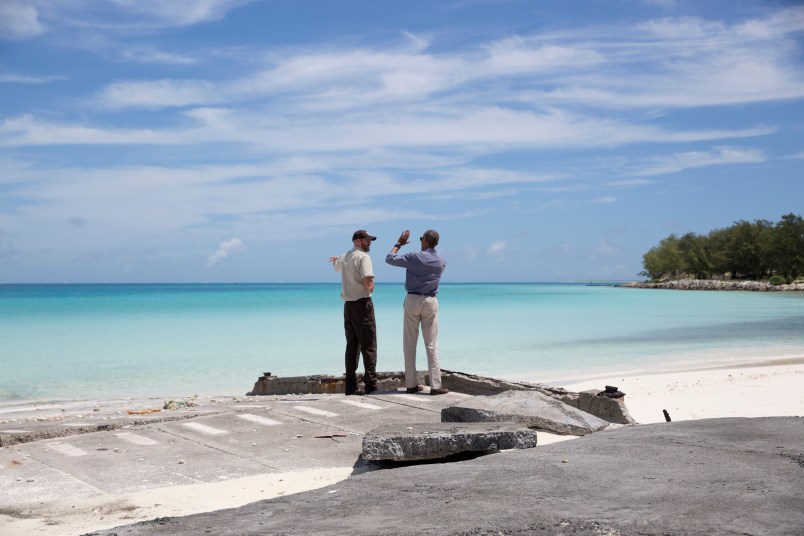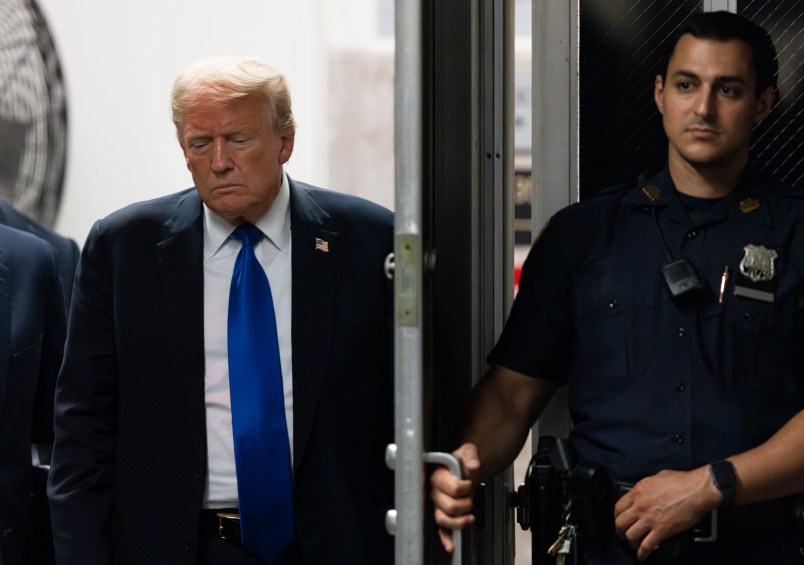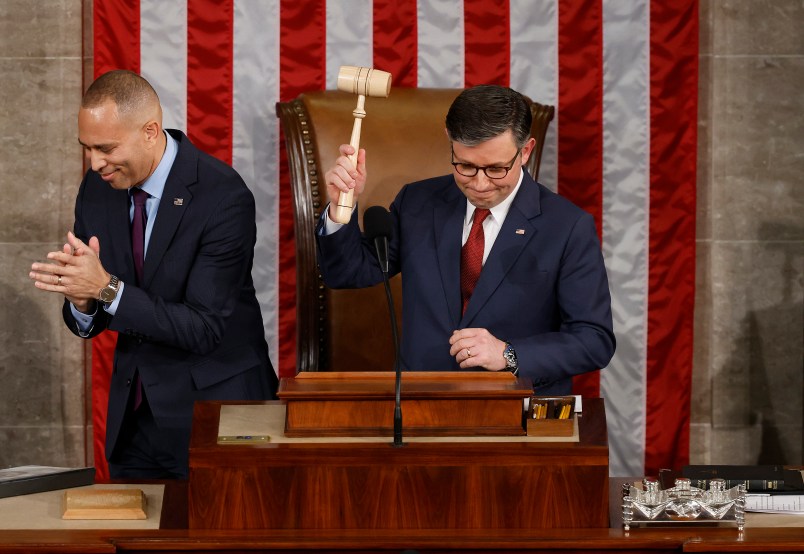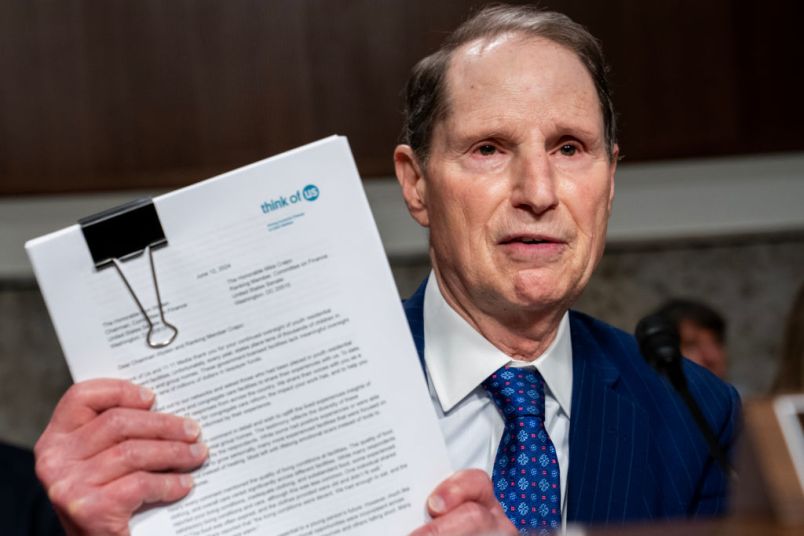MIDWAY ATOLL, Northwestern Hawaiian Islands (AP) — President Barack Obama plunked down on a speck of coral reef in the middle of the Pacific Ocean on Thursday and gazed out at the turquoise waters of the marine monument he’s widened to become the largest in the world.
Hundreds of rare birds fluttered in the skies halfway between Asia and North America as the president paid an unusual visit to Midway Atoll, one of the most remote areas of the ocean. Driving on a golf cart past dilapidated buildings left over from World War II, Obama said protecting the atoll and its surroundings was critical to ensuring that delicate ecosystems survive the throes of global warming.
“I look forward to knowing that 20 years from now, 40 years from now, 100 years from now, this is a place where people can still come to and see what a place like this looks like when it’s not overcrowded and destroyed by human populations,” Obama said, his shirt partially unbuttoned in the punishing island sun.
Few Americans have ever visited Midway, with its black-footed albatrosses and spinner dolphins — and that’s exactly Obama’spoint. His visit to the atoll — home to fewer than 50 people — was carefully orchestrated to showcase natural beauty mostly untouched by humans, part of the president’s bid to instill his calls for conservation with a sense of real-life urgency.
Squinting in the sunlight, Obama described Midway Atoll as “hallowed ground,” a nod to the place it occupies in Native Hawaiian tradition. Yet Obama had a policy argument to make, too: It was critically important to examine what damage climate change is inflicting on communities in the Pacific Ocean.
“There are countries that now are at risk, and they have to move as a consequence of climate change,” Obama said.
The president, who was born a short hop away in Honolulu, appeared particularly enthralled by a cluster of threatened green sea turtles — each the size of a tire — enjoying a bit of beach repose. “Unbelievable,” he called them, peering out through sunglasses.
“When I grew up, you’d see these turtles all the time,” Obama said. “But you’d never see them beaching like this, basking in the sun.”
In a prelude to his visit, Obama last week expanded four-fold the Papahanaumokuakea Marine National Monument that surrounds Midway. Of the 7,000 species that live in the waters, 1 in 4 is found nowhere else in the world, the White House said.
Yet for all the pristine splendor, there were poignant reminders that even this dot of far-flung land hasn’t been immune to human contamination. Along the muddy pathways the president traveled, brightly colored bits of plastic lined the ground — all remnants of albatrosses that had ingested waste washed ashore and then died with the bottle cap-shaped pieces in their guts.
Still, the wealth of biological diversity here is nearly unparalleled: millions of birds, hundreds of species of fish and marine invertebrates, green sea turtles and Hawaiian monk seals. More albatrosses live on Midway than anywhere else in the world.
The visit came as Obama uses his final months in office to try to lock in an aggressive legacy on climate change and environmental protection. After Midway, Obama planned to open his final trip to Asia on Saturday with a visit to China, a chance to showcase his unlikely partnership with President Xi Jinping on global warming.
The marine monument, created in 2006 by President George W. Bush, grows to 582,578 square miles under Obama’s expansion, an area more than twice the size of Texas. Enlarging the monument reflects Obama’s strategy of using his executive powers to put lands and waters off-limits to development, despite concerns from critics who oppose what they call his heavy-handed approach.
Obama’s decision to expand the monument was the subject of fierce debate within Hawaii, with both sides invoking Native Hawaiian culture to argue why it should or shouldn’t be expanded.
Supporters said the larger monument was needed to protect a place considered sacred by Native Hawaiians by making it off-limits to commercial fishing and recreational activities. But opponents argued the region is heavily dependent on fishing and can’t afford the hit, adding that a federal ban would infringe on the traditions that ancient Hawaiians used to protect natural resources.
The White House estimated that the region’s longline fishing industry would suffer about a 6 percent loss as a result of making the expanded area off-limits to commercial fishing. But Obama’s aides argued fishermen could make up that deficit by increasing production elsewhere.
Getting Obama to Midway required an unusual degree of logistical gymnastics, considering that the atoll lacks cell service and other modern amenities and only a few dozen people live there. He hopped to Midway from Honolulu on a smaller version of Air Force One, landing on an airstrip that gained prominence when the Battle of Midway became a turning point in World War II.
___
Reach Josh Lederman on Twitter at http://twitter.com/joshledermanAP
Copyright 2016 The Associated Press. All rights reserved. This material may not be published, broadcast, rewritten or redistributed.









